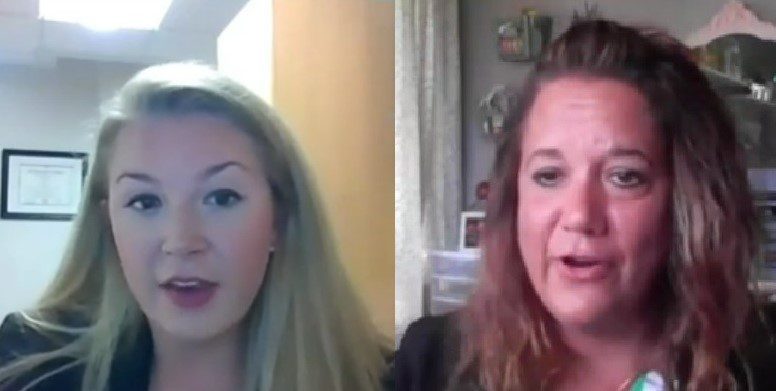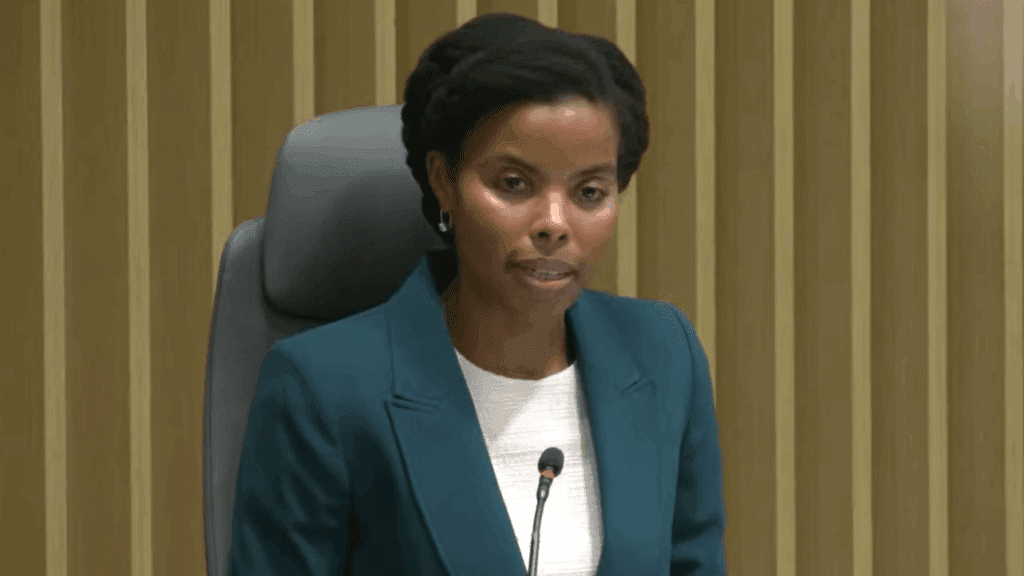State Broadband Offices Prepare Next Steps Following BEAD Allocations
Randy Sukow
|

Now that the Biden Administration has announced how much Broadband Equity, Access, and Deployment (BEAD) Program support each state will receive, state broadband offices are at work developing plans to distribute the funds. They have a 12-month deadline to submit a final plan to the federal administrator, National Telecommunications and Information Administration (NTIA). In the meantime, there will be interim deadlines, such as broadband map challenge processes within six months.
Guest speakers from two state broadband offices provided reports on their activities during a recent meeting of the FCC’s Precision Agriculture Task Force.
A concern for the Georgia Technology Authority is to avoid overbuilding. “We want to make sure that we’re looking at areas of most need. That is why from a grant perspective we have focused our programs based on federal guidance where we really try to avoid overbuild,” said the Georgia Office’s Deputy Chief Information Officer Jessica Simmons (pictured above left). At the same time, the state has awarded funds from earlier broadband rounds to underserved that required overbuilds, she said. “I think it is always great for people to have choices of having multiple providers,” she said.
The Georgia office is developing a five-year BEAD plan to consider longer-term priorities, such as how introducing broadband service to an area could improve economic development and public services. “Connectivity can really benefit, whether that is the agriculture arena, health care, education, we have tried to take a broader view. Thus far, our [earlier] grant programs have been specifically for homes and businesses,” she said.
Bree Maki, director of the Minnesota Office of Broadband Development (above right), noted that her state already has a long history of supporting broadband deployment. Minnesota created a broadband task force in 2008 and has been providing grants to broadband providers since 2014. “Even before [the act establishing the task force was] created into law, there was a strong desire to make sure that we did not have anybody left behind when it came to accessing broadband,” Maki said.
Minnesota’s extensive broadband grant experience will be a benefit. “It sets us up really well for the BEAD program to already have existing programs that we will be running our be dollars and programs through,” she said.
Both offices emphasized the importance of broadband mapping. State legislation in 2018 led to creation of a location-level Georgia, similar to the newly revised FCC National Broadband Map. “Using the data from our map, we’ve been able to roll out grant programs over the last couple of years,” Simmons said. “It is a good depiction to show that while there is a number of unserved locations in Georgia, there have been significant funding commitments to get those unserved locations, and we are aware of where those locations are as we prepare for the BEAD program.”
“We have a strong mapping program and have for many years,” Maki said. Minnesota’s current data shows that the state still has about 291,000 homes and businesses that do not yet have 100/20 Mbps service. The National Broadband Map shows only 135,000 unserved, she said, but “with our more aggressive speed goals under the statutory language, we do show more unserved areas.” The FCC recently began proceedings to consider raising its speed benchmark to 100/20 Mbps.
The FCC compiles its National Broadband Map data through the twice-yearly Broadband Data Collection (BDC) process. It recently announced that its originally scheduled Sept. 1 deadline for the next BDC collection is extended to Sept. 15. However, the Commission says it will release the updated fabric (address database) on time, Aug. 1.
The FCC has posted the video of Simmons’ and Maki’s presentations on its website and YouTube.


